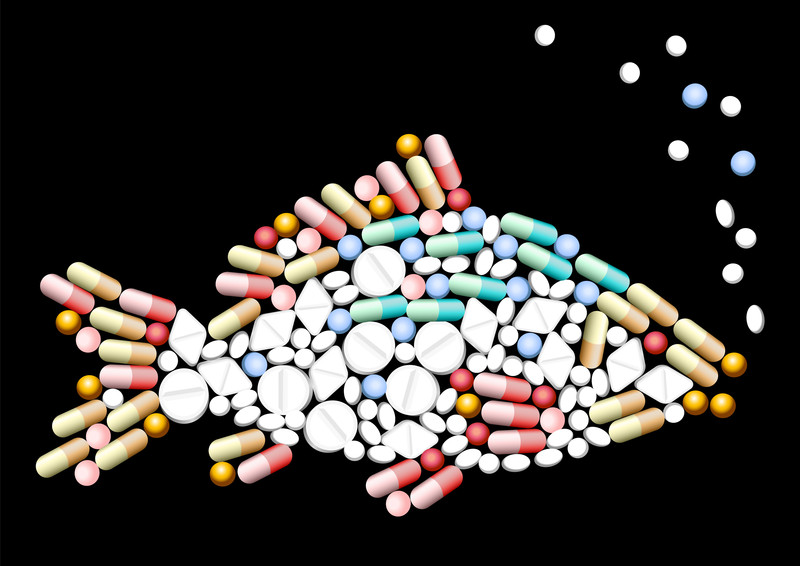EPA Takes Timid Step Toward Stemming Pharmaceutical Pollution

EPA Admits Growing Water Contamination but Tackles Only Tiny Fraction of Flow
Washington, DC — The U.S. Environmental Protection Agency frankly admits that chemicals from pharmaceuticals are increasingly polluting our waters but plans to remove only a sliver from the pathway flow, according to comments filed today by Public Employees for Environmental Responsibility (PEER). Public comment ends this month on an EPA proposed rule requiring healthcare facilities to safely dispose of unused medications, a rule that covers very few drugs and applies in only a narrow band of discharges.
Chemicals in our medicine cabinet – from hormones to psychotropics – are increasingly making their way into America’s freshwaters and even our drinking water. EPA concedes that wastewater treatment operations are not designed to remove these pharmaceuticals. EPA further acknowledges that these chemicals are negatively affecting aquatic ecosystems, to the detriment of fish and wildlife. The precise effects on human health are not known but of growing concern.
On September, 25, 2015, EPA proposed a rule forbidding healthcare facilities, vet clinics, dental offices, pharmaceutical reverse distributors, assisted living facilities and other commercial drug operators from flushing what it defines as “hazardous waste pharmaceuticals” into public sewers or septic systems. Instead, these facilities would have to transport and dispose of these drugs as hazardous wastes.
However, PEER contends that the hyper-limited scope of the proposed rule undercuts its effectiveness:
- The rule would not apply to more than 95% of the pharmaceuticals getting into our water supply because its definition of hazardous pharmaceuticals covers little more than 50 drugs;
- The rule applies to health facility operators but not to patients. So, a patient may flush the same drug down the drain that the hospital pharmacy must handle as a hazardous waste; and
- The facilities covered by the rule are responsible for a fraction of the pharmaceuticals disposed intentionally into the waste system.
“While this health facility sewer ban on selected pharmaceuticals is a good first step, it must be dramatically expanded if it is to be a potent preventative,” stated New England PEER Director Kyla Bennett, a scientist and attorney formerly with EPA. “At the very least, the no flush rule should apply to all medications, whether they are classified hazardous or non-hazardous.”
PEER also notes that EPA is laboring under an inappropriate legal framework for countering this large, complex and largely legal form of pollution. EPA is trying to shoehorn new safeguards into a law, the Resource Conservation and Recovery Act, which exempts households and has other built-in strictures.
“To effectively address the spreading stain of pharmaceutical pollution, EPA needs a new strategy and a new regulatory framework,” Bennett added. “Until then at the very least, EPA should direct its education, training and compliance assistance efforts at all pharmaceuticals rather than just a very select few.”
~~~~~~~~~~~~~~~~~~~~~~
Public Employees for Environmental Responsibility (PEER) is a national alliance of local state and federal resource professionals, working to protect the environment.
[optin-cat id=”26188″]



Research has shown that some pharmaceuticals come out of wastewater treatment plants at higher concentrations than they went in. It is thought that microbes reassemble the metabolites from bodily excretions. Here is a short article on the topic:
http://www.environmentalhealthnews.org/ehs/news/2015/may/bacteria-making-meds-in-wastewater-outflows